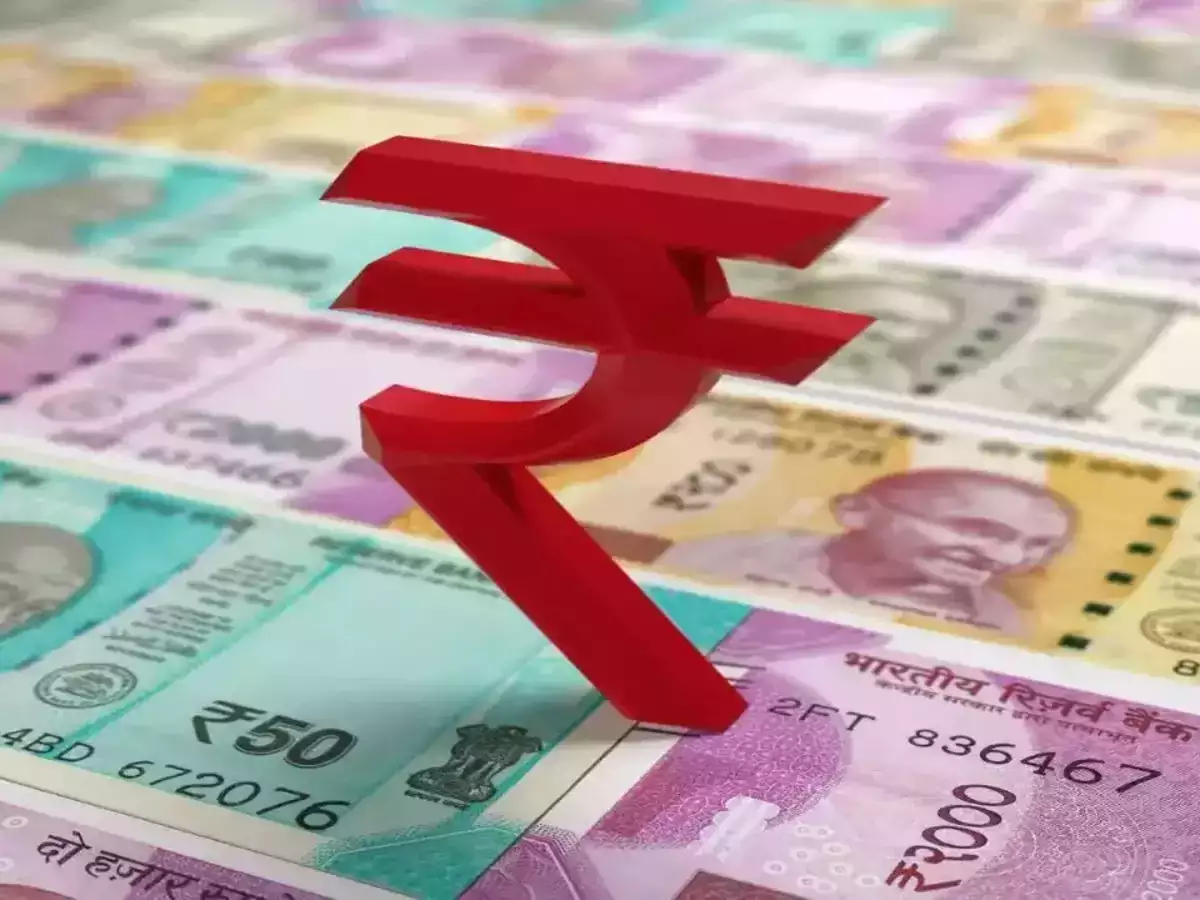Rupee ends higher as cenbank holds rates but logs fifth straight weekly fall

The rupee closed at 84.6875 against the U.S. dollar, up from its close at 84.7325 in the previous session. The currency logged fifth consecutive weekly fall, declining 0.2%.
The Reserve Bank of India also raised the interest rate ceiling that banks can offer for foreign currency non-resident (FCNR-B) deposits to boost forex inflows at a time when the rupee has been under consistent pressure.
The rupee had declined to its all-time low of 84.7575 earlier in the week, hurt by weakness in the Chinese yuan and strong dollar bids in the non-deliverable forwards market, prompting intervention by the RBI.
"Incremental capital inflows into India from these FCNR measures may help INR at the margin temporarily, but should not be substantial enough to change the overall trajectory for USD/INR to head higher," MUFG Bank said in a note.
While the rupee rose to a peak of 84.58 after the RBI's policy announcement, it consequently pared its gains amid dollar demand from importers, including local oil companies, a trader at a state-run bank said.
The dollar index was slightly higher at 105.8 after declining 0.5% on Thursday, while Asian currencies were mixed.
Investors now await U.S. non-farm payrolls data due later on Friday for cues on the future path of Federal Reserve policy rates.
Economists polled by Reuters expect the U.S. economy to have created 200,000 jobs in November, while the unemployment rate likely rose to 4.2% from 4.1% in the previous month.
Interest rate futures are currently pricing in a near 67% chance of a Fed rate cut in December.

